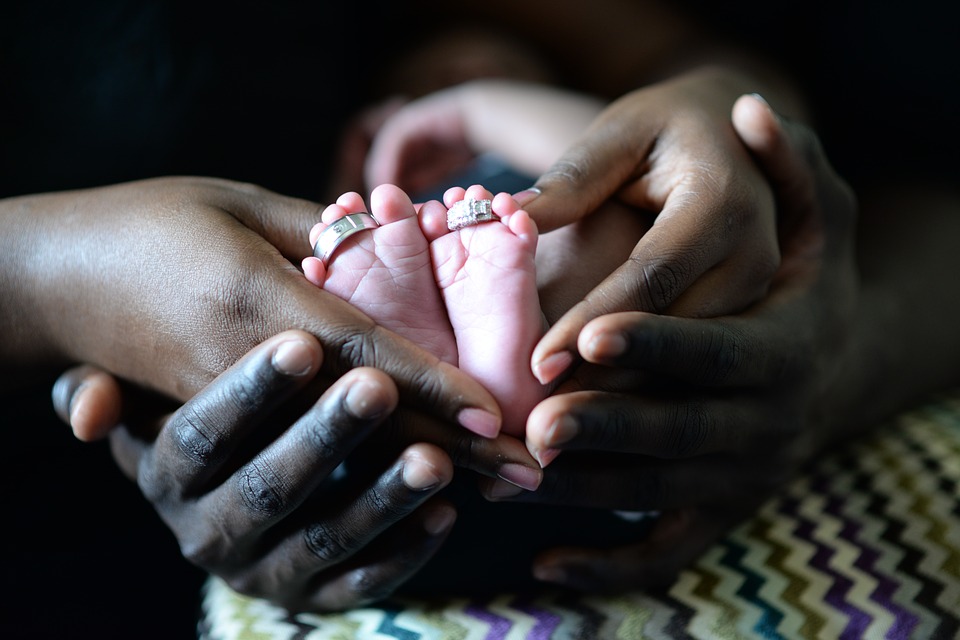Christianity in Ancient Africa: Part III (Nubian Kingdoms)
copyright 2015 K. Omodele
Nubia Before Christianity: Kingdom of Kush (Napata and Meroe)
Nubia was the region south of the First (and at times the Third) Cataract* up the River Nile and was located in present-day Sudan. Around 1000 B.C., Nubian kings began building a kingdom that would become known as Kush. In 730 B.C., Kushite kings conquered and ruled Egypt for sixty years as the Twenty-fifth Dynasty, which later would also be known as the Ethiopian Dynasty. In 670 B.C., Assyrians invaded Egypt and pushed the Kushites back up into Nubia, where the kings then built their new capital, Napata, right below the Fourth Cataract. Then, later in 593 B.C., they moved even further south and founded Meroe between the Fifth and Sixth Cataracts.
Throughout history, Nubians constantly fought against various rulers of Egypt who tried to muscle their way up the Nile and flex their authority on Nubia. But Nubia was relentless in its defense and Nubian kingdoms became proficient in trade with the Egyptians, Greeks and Romans. By the First Century A.D., the Nubian (Kushite) Kingdom at Meroe had grown wealthy and powerful, and clashed against the Roman army in towns like Syene which sat by the disputed, contended Nubian-Egyptian border.
Christianity in Nubia (Kingdoms of Makurra, Noba, Soba and Alwa)
Though some of the early Egyptian Christians ran up into Nubia, escaping Roman persecution, it wasn’t until the Sixth-Century A.D. that Christianity took root more widely when Monophysite Christians missioned south. By this era, Nubia was comprised of three kingdoms: Noba, Makurra and Soba. All three became versed in the Monophysite, monastic traditions and they developed a Nubian Christian culture that reflected their Kushite/Meroic ancestry. For instance, churches, monasteries and palaces constructed of stone and wood; pottery crafted and painted in Meroic styles and patterns.
After Arab Islamists conquered the Byzantine (Eastern Roman Empire) rulers of Egypt in 642 A.D.,
they then turned their sights on Nubia. When they attacked the united kingdoms of Makurra and Noba, they were stopped dead in their tracks by a large Nubian army comprised of ferocious archers. Christian Nubia would remain intact for hundreds of years. Then in the Fourteenth Century, Arab nomads Islamized Lower Nubia (Makurra and Noba). A century later, the Funji Sultanate gradually did the same in Alwa, Upper Nubia.
Conclusion
Christianity in Egypt and Africa existed long before there was ever a Protestant, Presbyterian, Jehovah Witness, Baptist or Anglican. In fact, Africans in certain regions have propagated and defended, even died for, the Faith. When someone states that Christianity is a European religion, they are making a false claim. Christianity in Africa is practically as old as Christianity itself. Even though it has been presented in the West (and to West Africans) in a Eurocentric frame, Europe was not the origin of Christianity. Knowing the full story sheds light on misconception.
Knowledge. Wisdom. Understanding.
* waterfall or cascade
READ MORE:
Christianity in Ancient Africa Part I – Egypt Under Graeco Roman Rule
http://consciouspen.blogspot.com/2015/08/christianity-in-ancient-africa-part-i.html#.VeCSeyVVikq
Christianity in Ancient Africa Part II – The Egyptian Coptic Church; Christianity in Kingdom of Aksum
http://consciouspen.blogspot.com/2015/09/christianity-in-ancient-africa-part-ii.html











